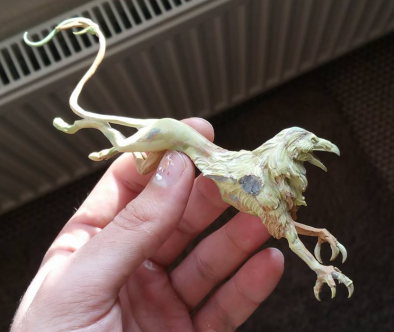


Judges 18:14 gives further context, differentiating between a graven image ( pesel) and molten image ( maccekah ). This transmission history is in turn preceded by an overview of the source texts, the author’s theoretical framework, and the critical scholarship that most concerns Vafþrúðnismál. What Is a Graven Image The Hebrew word (roughly Romanized to pesel ) that is translated to graven image in Exodus 20:4, might also be translated as idol or image. To introduce the formal analysis of the poem the author supplies a history of the transmission of the poem, and a description of the works that Vafþrúðnismál has travelled with from the medieval period to the modern day. The nature of the mythological wisdom that is conveyed in the poem is the subject of much of the study, and cross references to other sources from the corpus are explored when necessary. Its narrative setting-that is its mythical representation-is the poem’s means to convey ancient mythological wisdom. a mythical representation) and a dramatic framework used by the poet to store and transmit a great wealth of mythological information. The thesis is that in the mythological corpus Vafþrúðnismál is both a representation of a myth (i.e. Vafþrúðnismál has been written about extensively, but not to the point of exhaustion, and it is the intention of this work to incorporate all of the important prior studies into the interpretation, while for the first time attending to the poem in a book-length study in English. The manuscript was composed in Iceland in the 13th century, and is one of the most revered of Iceland’s national treasures.
Graven image definition full#
Vafþrúðnismál survives in full in the Codex Regius manuscript of eddic poetry (GKS 2365 4to R) that is housed in Reykjavík, Iceland. The theoretical framework is the stage on which the interpretation of the poem occurs, which is done so in the tradition of a New Critical close reading that explores a wide range of comparative possibilities within the Old Norse-Icelandic literary corpus. By bringing together these three writers the intention is to allow for a close examination of the poem on narrative grounds that also allows for the possibility for general conclusions to be drawn about the cultural environment in which the poem was composed, namely medieval Iceland. The present work investigates the eddic poem Vafþrúðnismál through a theoretical lens constructed by the author that is based on the work of Paul Ricoeur, Aron Gurevich, and Mircea Eliade.


 0 kommentar(er)
0 kommentar(er)
